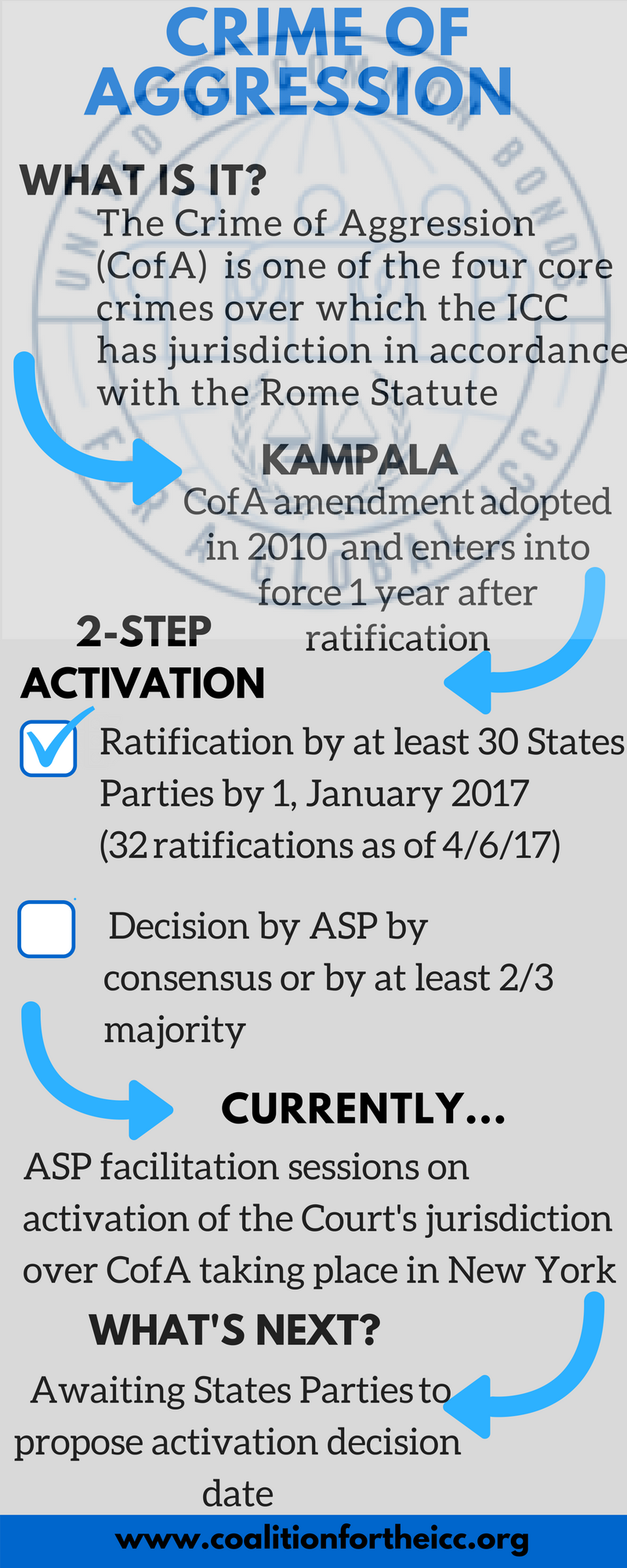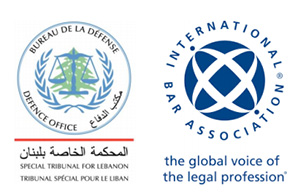Today, 4 May 2016, a ceremony was held at the site of the new premises of the International Criminal Court (ICC) in The Hague, the Netherlands, to mark the May 1940 bombings of the Dutch military barracks formerly located at the site. The ceremony included remarks from ICC Registrar Herman von Hebel, Brig Gen G.W. van Keulen, and the Mayor of The Hague, Mr Jozias van Aartsen, and the unveiling of a plaque in honor of those who lost their lives during the attack.
For the unveiling, a cortege proceeded from the ICC's main entrance towards the plaque, where they were met by a military brass band. Military officers revealed the plaque, which memorializes 66 Dutch military personnel and 110 cavalry horses killed in the 10 May 1940 attacks. Brig Gen Van Keulen and Mayor Van Aartsen then laid wreaths in their honor.
The text on the plaque reads: "On May 1940 at approximately 04:00, the German Airforce bombarded the Alexander barracks. This took the lives of 3 corporals and 63 cavalry officers".
During the ceremony, ICC Registrar Von Hebel remarked that "This memorial… will always be a symbol of the historical grounds on which the Court now stands".
After outlining the events of May 1940, Brig Gen Van Keulen noted that, "once the Alexander Barracks were demolished, all reminders that the barracks had been bombed had vanished. Thanks to cooperation with the International Criminal Court, this memorial to the victims is now in place, freely accessible to all, at any time".
Mayor Van Aartsen expressed his appreciation to the ICC for its role in realizing the memorial. "Now a tangible memorial, approachable by everyone, is here to mark the events on 10 May 1940". He added: "War is more than the design and implementation of a strategy or tactical operation. It is human suffering."
Historical background
On 10 May 1940, the German armed forces launched a massive attack on the Netherlands. Its key objective was to capture the Queen and government in The Hague in one blow. Up until then, the country had remained neutral but as the bombs began to fall, it was drawn into World War II.
The Alexander barracks ('Alexanderkazerne') was hit by an air raid, which killed 66 members of the military and wounded many others. Many horses also died, and a book by Loe de Jong describes the scene: "Screaming horses – a horrible memory – lay wounded in the ruins of the stalls. A vet was putting them to sleep; around a hundred were victims of the German bombardment".
This initial German attack on The Hague did not succeed, partly due to strong Dutch resistance. But it was the start of what is known in Dutch as the meidagen or May days. After five days of heavy fighting, on 15 May 1940, the Netherlands surrendered.
During the war, the Alexander barracks were used by the German army for its own troops. Germany's central administration of the occupied Netherlands was based in The Hague, and the Alexander barracks was incorporated into a coastal defence system known as the "Atlantic Wall". Bunkers and other remnants of this system still exist in the Benoordenhout area.



